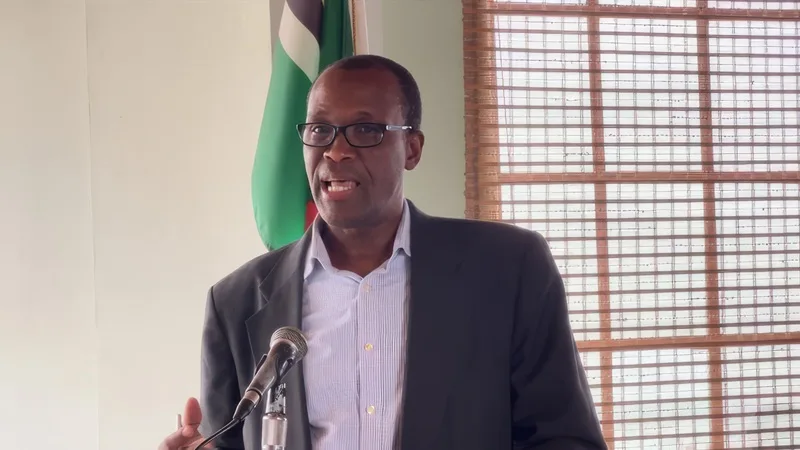Natural Disaster Contingency Fund of Dominica

The Natural Disaster Contingency Fund is a specialised reserve within Dominica’s public finance architecture designed to address the immediate and multifaceted fiscal demands arising from natural disasters. Rooted in constitutional and legislative authority, it ensures fiscal responsiveness while maintaining transparency and legal accountability for emergency spending.
Constitutional and Legislative Foundation
Mandated by Section 80(1) of Dominica’s Constitution and governed by the Finance Administration Act of 1994, the Fund operates as a sub-account within the broader Contingencies Fund framework. It is further supported by guidelines under the Public Finance Management Act and evolving disaster risk management policies. The Draft Comprehensive Disaster Management (CDM) Bill and Dominica’s National Disaster Plan also envision setting aside a defined percentage of the Public Sector Investment Programme (PSIP) to bolster this Fund.
Purpose and Governance
Its primary objective is to provide immediate financing for disaster preparedness, response, and recovery measures when natural hazards, such as hurricanes, landslides, and flooding, strike, particularly in the context of Dominica’s vulnerability to recurring storms. Funds may be allocated to:
- Pre-position and equip emergency shelters
- Stock food, water, and medical supplies
- Support early warning systems and search-and-rescue operations
- Conduct rapid infrastructure repair and rehabilitation
The Office of Disaster Management (ODM), under the Ministry responsible for disaster response, collaborates with the Accountant General’s Department to receive authorizations, manage expenditures, and coordinate disbursements.
Operational Flexibility and Controls
The Fund offers flexibility in at least two critical scenarios:
- Budgetary delays: Should Parliament delay passing the Appropriation Act, the Fund helps avoid disruptions in essential public services.
- Immediate disaster response: It finances urgent needs, such as shelter, emergency transport, and preliminary assessments pending supplementary appropriations.
Withdrawals are capped, often linked to a percentage of the previous year’s PSIP, and require ministerial warrants. All expenditures must be validated in subsequent Appropriation Acts, providing retrospective oversight.
Oversight and Integration
Public trust is maintained through robust accountability measures:
- Director of Audit conducts post-disaster audits to ensure funds were used legally and efficiently, following guidelines under the Audit Act of 1994.
- Public Accounts Committee (PAC) examines these records and summons officials if necessary.
- The Fund operates within the PFMA framework, which mandates monthly reconciliation, transaction reviews, and risk reporting.
Disaster-financing strategies are increasingly formalised and improved through technical and legal reforms supported by partners such as the World Bank, Global Facility for Disaster Reduction and Recovery (GFDRR), and the CARICOM Disaster Emergency Management Agency (CDEMA).
Strategic Role and Evolution
The Fund supports Dominica’s long-term disaster resilience agenda, including its Climate Resilience and Recovery Plan and National Resilience Development Strategy. It operates alongside the catastrophe Deferred Drawdown Option (Cat-DDO), a World Bank-backed line of contingent fiscal credit, offering layered risk management for disasters.
Recent reforms prioritise building institutional capacity and digital financial systems to enhance real-time monitoring, support gender-sensitive resource allocation, and formalise emergency procurement protocols through amendments to the Draft CDM Bill.
Impact and Ongoing Challenges
Following the devastation of Hurricane Maria, Dominica used the Fund to restore essential services and rebuild homes and public infrastructure. However, evaluations have highlighted ongoing needs to strengthen operational instructions, secure adequate capitalisation, and expand the Fund’s use for disaster risk reduction, beyond response.
Action plans now include:
- Clearly defining use cases and investment percentage targets within the PSIP
- Digitizing approval and audit workflows
- Strengthening ODM capacity and legal frameworks (e.g. passing the CDM Bill)
- Enhancing donor coordination and embedding resilience in national development plans




